Reportar esta entrada
Más sobre la misma comunidad-colección
Celebración de San Jacinto Plaza - 2016
San Jacinto Plaza Celebration - 2016 A ceremony will begin at ...
Celebración de San Jacinto Plaza - 2016
San Jacinto Plaza Celebration - 2016 The project is expected ...
Celebración de San Jacinto Plaza - 2016
San Jacinto Plaza Celebration - 2016 The project is expected ...
Celebración de San Jacinto Plaza - 2016
San Jacinto Plaza Celebration - 2016 The project is expected ...
Celebración de San Jacinto Plaza - 2016
The project is expected to cost about $6 million, although an ...
Celebración de San Jacinto Plaza - 2016
San Jacinto Plaza Celebration - 2016 The project is expected ...
Apertura de San Jacinto Plaza - 2016 - El Paso, Tejas
San Jacinto Plaza Opening - 2016 A ceremony will begin at ...
Apertura de San Jacinto Plaza - 2016
Dancers performing at the opening for the San Jacinto Plaza. ...
Apertura de San Jacinto Plaza - 2016
Photograph - Dancers taking a lunch break after performing. A ...
Apertura de San Jacinto Plaza - 2016
Two visitors enjoying the opening of the San Jacinto Plaza. A ...
Apertura de San Jacinto Plaza-2016 - Foto de la semana
San Jacinto Plaza grand reopening on April 16, 2016 was cause ...
Apertura de San Jacinto Plaza-2016 - El Paso, Tejas
A family with their dog enjoying the San Jacinto Plaza ...
Apertura de San Jacinto Plaza-2016 - El Paso, Tejas
The Red Hat Society at the San Jacinto Plaza Opening-2016.








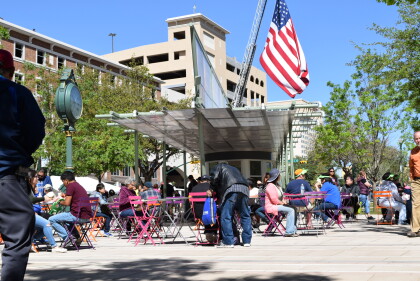
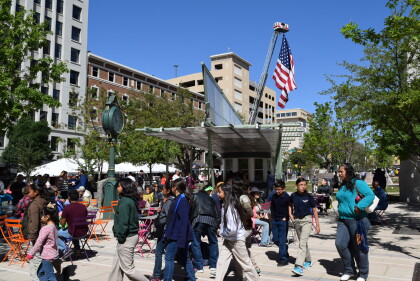
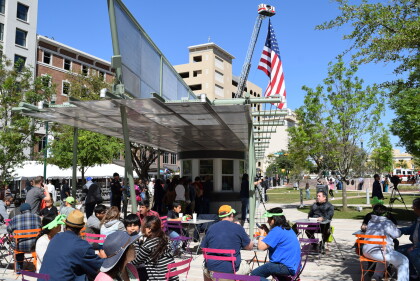
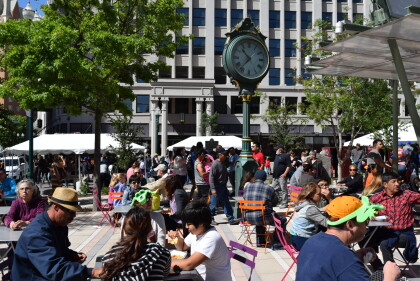
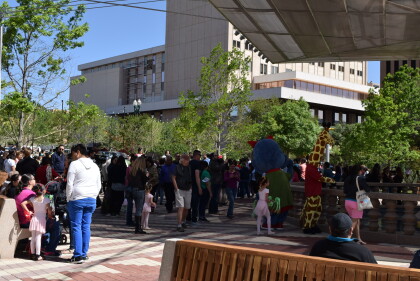
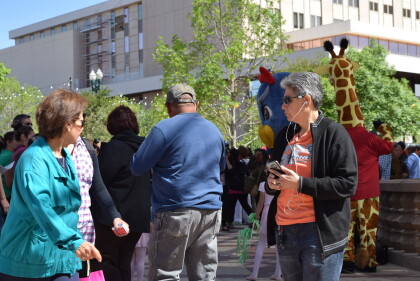
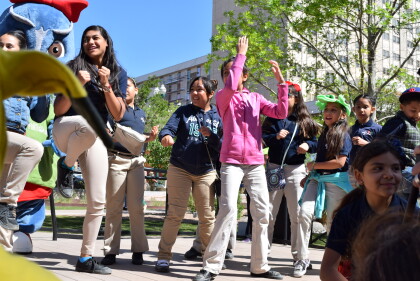

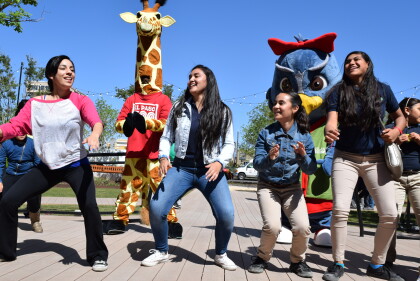
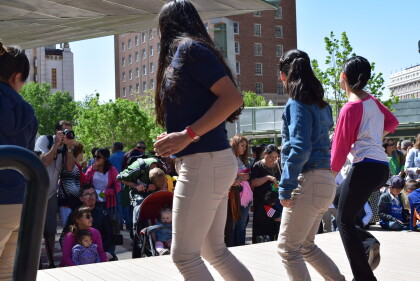






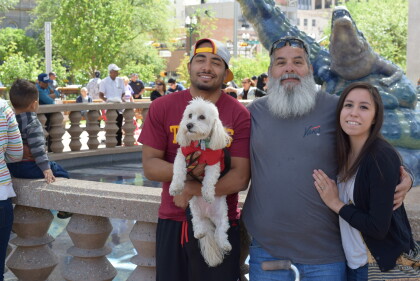
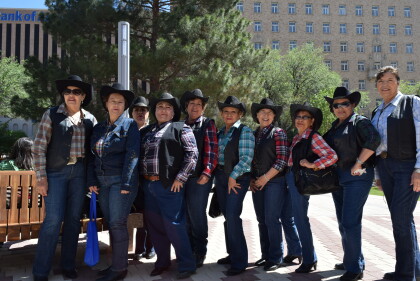
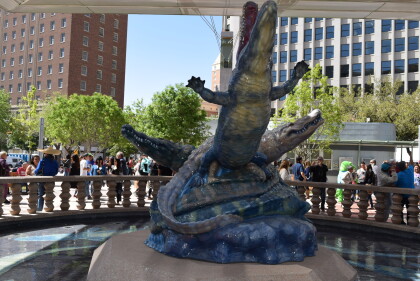
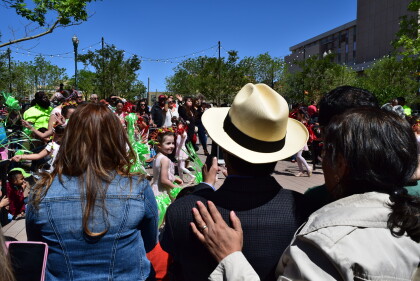
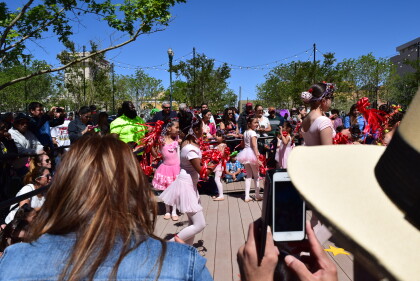
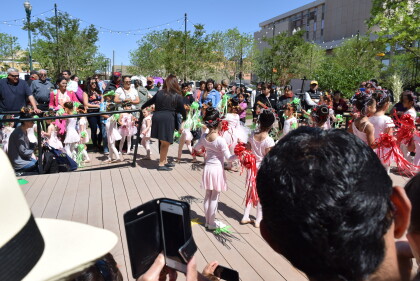
Comentarios
Hacer un comentario